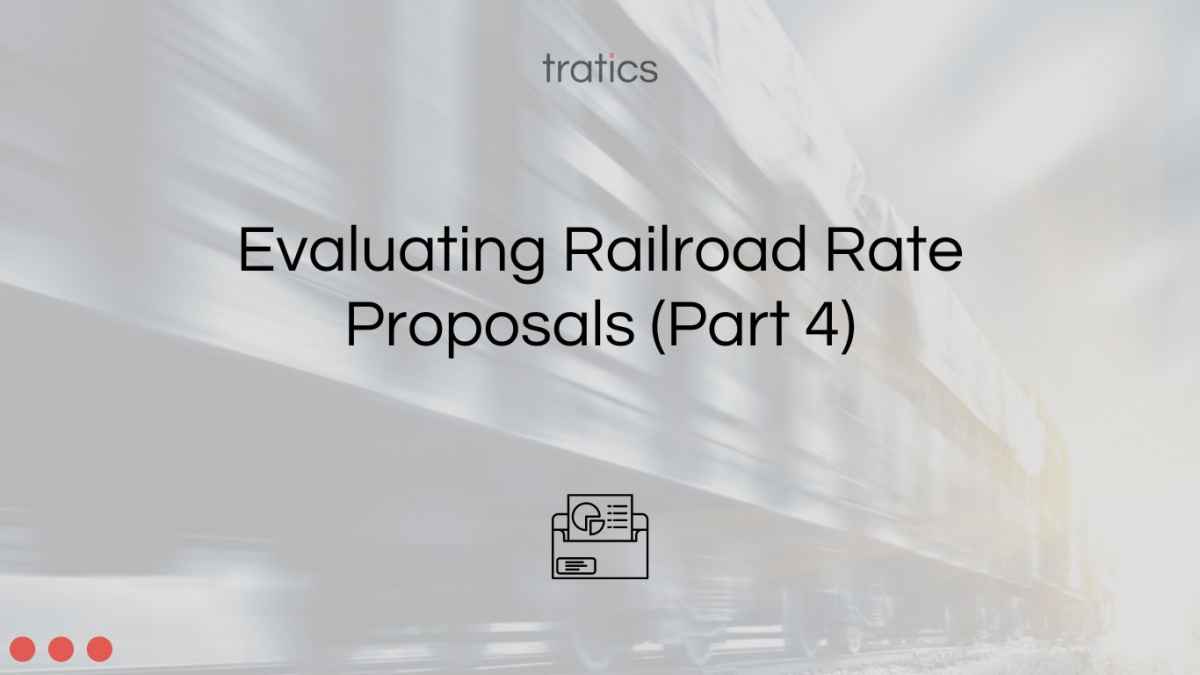Analyze Railroad Proposals and Alternatives
Before you begin, it's essential to carefully analyze each railroad proposal in conjunction with its alternatives. This means comparing the pricing, service offerings, and other terms of various railroads to identify the best fit for your organization's needs. This process will help you to better understand the market landscape and the range of options available to you.
Understand the "Gains and Losses" Mentality
Railroad pricing managers operate with a "gains and losses" mentality. During negotiations, they are primarily concerned with what they stand to gain or lose in terms of market share and revenue. As a logistics manager, it's important to recognize this mindset and approach negotiations accordingly. Be aware that if a railroad feels they have lost in the negotiation, they may seek a retaliatory response and could use a carrot versus stick strategy to get better terms.
Calculate the Impact of the "Stick" Strategy
To effectively counter the "stick" strategy, you need to calculate which railroad's punitive measure can cause the most financial damage. To do this, consider volume projections for each lane for the next year and alternative high rates for captive lanes, such as Tariff Rates.
Emphasize the Temporary Nature of Contracts
If your company follows an annual contract strategy, make sure to stress this during negotiations. Railroads will appreciate the opportunity to compete for your business again in just a year, and the knowledge that they will not be locked out of potential traffic for multiple years can help to foster a more collaborative negotiation process.
Consider Railroad Incentives and Volume Commitments
Lastly, when evaluating rate proposals, it's important to consider any incentives or volume commitments offered by the railroads. Incentives such as refunds per car or discounted rates based on shipment volumes can significantly impact the overall cost of a proposal, making it more attractive. On the other hand, volume commitments may create the risk that you have to pay damages to the railroad for any shortfall in shipment numbers.
Evaluating railroad pricing and rate proposals is an art and a science. While having all your numbers in order and the strategy in place will go a long way, remember that there is another person on the other side. Building business relationships with your railroad partners can go a long way in helping achieve win/win agreements.


